What is VANILLA EXTRACT?
Comes from pods of a beautiful orchid plant
Vanillin has anticarcinogenic, anti-chromosome mutation and anti-fungal-growth benefits
The vanilla orchid plant’s main aromatic compound – vanillin – is, like stevia, also a glycoside. It can be created from a range of sources, including corn glucose and even petroleum. Only 1-2% of the world market for vanilla comes from vanilla plants. The vanilla we use comes purely from vanilla orchid plants. Vanillin itself has anticarcinogenic (anti-cancer) and anticlastogenic (anti-chromosome mutation) properties, as well as antimycotic (inhibits fungal growth) and bacteriostatic (inhibits bacterial growth) properties (i, ii, iii, iv).
What about taste?
Beautiful and Mellow Aroma
A SACRED plant that entrances with its beautiful, mellow aroma
We can thank the early Mayans and their ancestors for the discovery and curing of vanilla beans in Southern Mexico, as well as for their delicious combining of vanilla with cacao, a match made in gourmet heaven. Prized for its beautiful aroma and potent medicinal and aphrodisiac properties, vanilla was used to perfume sacred temples, to heal wounds and ultimately as a tribute to Aztec emperors (v, vi). The reason we include it: we feel the incredible aroma and flavour can only mean it is indeed sacred – it is always reliable in lifting our spirits. Although it is priced high, we source the most delicious organic vanilla extract from organic vanilla beans from Madagascar, characterised by hints of caramel, balsamic and intense vanilla infusing the air whenever we open the precious delivery – another wonder of Nature.
References
(i) Odoux, E. et al. (2003) ‘Localization of β-D-glucosidase activity and glucovanillin in vanilla bean, Ann. Bot., 92, pp. 437–444
(ii) Bythrow, J.D. (2005) ‘Historical perspective: Vanilla as a medicinal plant’, Seminars in Integrative Medicine,
(iii) Beuchat, L.R. and Golden, D.A. (1989), ‘Antimicrobials occurring naturally in foods’, J. Food Technol., 43, pp.134–142
(iv) Fitzgerald, D.J. et al. (2004) ‘The potential application of vanillin in preventing yeast spoilage of softdrinks and fruit juices’, J. Food Protect., 67, pp.391–395
(v) Keoke, D. and Porterfield, K.M. (2001) ‘Encyclopedia of American Indian Contributions to the World’, New York, NY, Facts on File
(vi) Rain, P. (2004) ‘Vanilla: The Cultural History of the World’s Favorite Flavor and Fragrance’, New York, Penguin Group
